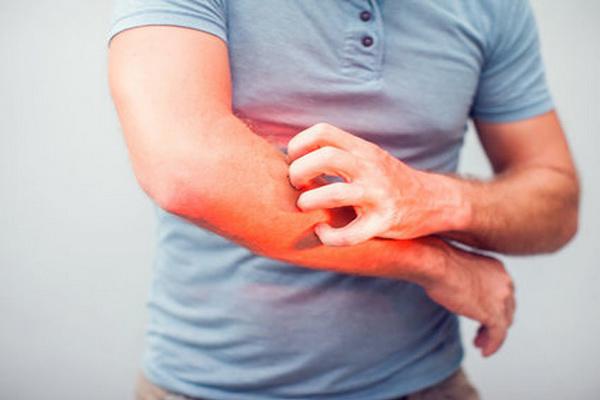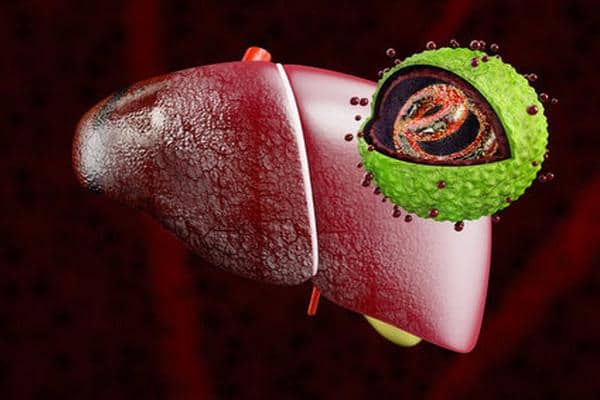Зміст
The liver is one of the most important organs in our body. It neutralizes toxins, participates in metabolic processes, produces bile and accumulates excess carbohydrates, as well as numerous vitamins and minerals. It can also neutralize microorganisms and influence the body’s proper immune response.
The liver has the ability to heal itself, but this does not mean that it is indestructible. On the contrary, the abuse of drugs, stimulants and improper nutrition over the years significantly damages this organ and gradually worsens its work. However, the most dangerous are viruses that cause hepatitis, as well as tumors and cancer. Unfortunately, these diseases can be asymptomatic for years, and the first characteristic symptoms appear only when the liver is completely destroyed. That’s why it’s worth knowing
Itchy skin and liver disease

Persistent itching of the skin is one of the hallmarks of autoimmune hepatitis (AZW). For unknown reasons, the immune system causes inflammation of the liver parenchymal and gradually destroys it. Itching can affect the arms and legs, as well as the entire body, and occurs mainly in the evening and at night. It also differs in varying degrees of severity, but most patients complain about the unpleasantness of this phenomenon. It happens that itching means cirrhosis of the liver. Other alarming symptoms are nausea, poor appetite, and sudden weight loss.
Joint and muscle pain and liver disease
One of the most serious threats to the liver is infection with hepatitis C. The disease is extremely insidious and can destroy an organ without symptoms for up to 30 years. Initially, the infection is very often manifested by pain in the joints and muscles, which can recur. Unfortunately, they are commonly confused with colds, flu, or post-workout fatigue. Other symptoms of hepatitis C include tingling sensations in the body and worsening mental health (mood swings).
Mouth symptoms and liver disease
Another little-known symptom of a diseased liver is dry mouth. This could be a sign of hepatitis A or C. Another symptom is a smooth, bright red tongue with no plaque, and red and smooth lips. Thus, cirrhosis of the liver is also detected.
Sleep problems, fatigue, and liver disease
Chronic fatigue and trouble sleeping are also fewer common signs of liver disease. However, it is worth knowing that most patients with obesity or liver failure complain of this type of ailment. Our anxiety should be caused by frequent awakenings from sleep, as well as apathy, lack of energy and problems with concentration during the day. It happens that we still get tired even after many hours of sleep.
Nosebleeds and liver disease
The liver can also be affected by recurrent nosebleeds and bleeding from the gums while brushing your teeth. This may be due to impaired iron absorption in the body, which is often associated with liver failure.
Skin changes and liver disease
Liver disease is by far the easiest to diagnose through observation of the skin. In the case of autoimmune diseases, vitiligo, that is, a white discoloration, may appear on the body. However, do not forget about brown spots – this is a common symptom of excessive iron deposition in the liver, indicating a malfunction of this organ.
Palmar erythema is also a common symptom of chronic liver disease, which occurs in 70% of patients. Hands are warmer than usual and localized redness appears. In turn, alcoholic liver disease (such as alcoholic steatosis) can manifest as spider veins on the skin (tiny dilated, bluish-red blood vessels). The reason is a violation of the exchange of estrogen in the liver.
A characteristic feature of liver failure and cirrhosis of the liver is also the so-called banknote skin, i.e. dry, rough and wrinkled skin prone to flaking. In the later stages of liver disease, jaundice occurs, i.e., the discoloration of the skin, nails, or eyeballs to yellow. Longitudinal grooves or white transverse lines may also form on the nails, and white crescents may form at the base.








